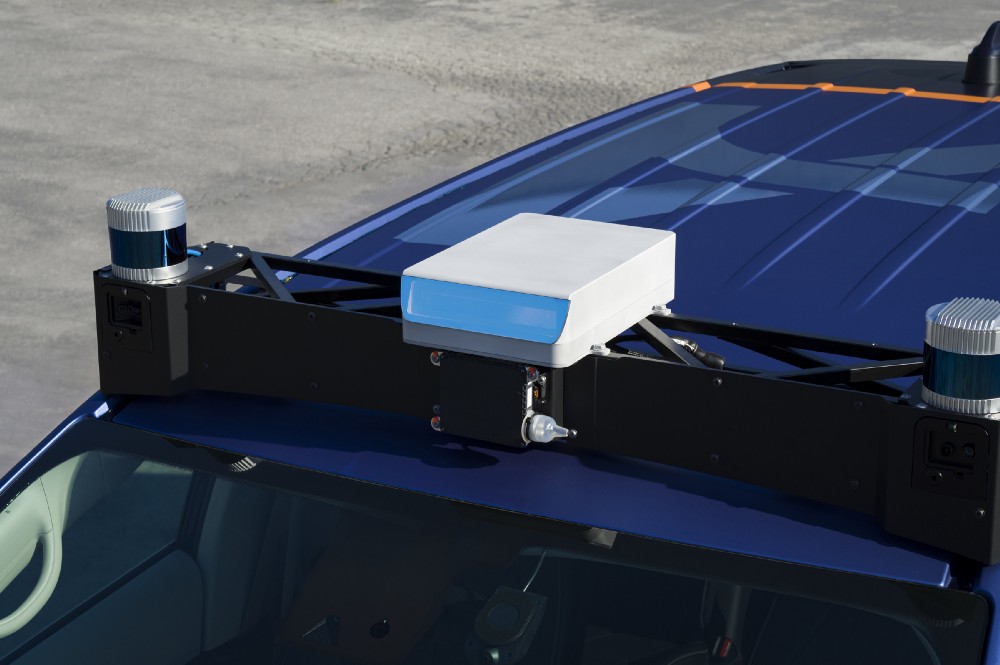US-based self-driving platform developer Aurora has begun testing its next generation FirstLight lidar system on its development vehicles. This follows the company’s acquisition in 2018 of lidar specialists Blackmore, which had an expertise in frequency modulated, continuous wave (FMCW) lidar development. The company said that over the past two years, it has worked on integrating this technology with its other hardware and software systems. The result is a lidar system that has exceptional range and resolution.
FMCW lidar is a relatively new arrival on the block, with most CAVs relying on an amplitude modulation (AM) approach to sensing. In these systems, the amplitude of light waves from a lidar system is modulated, and the time of flight used to gauge the location of objects.
In an FMCW lidar system, it is the frequency, rather than amplitude of the light waves that is altered, which means that rather than pulses of light, there is a continuous wave which varies in frequency.
Developers of these systems, like Aurora, say that this means not only is an object’s location recorded, but also its velocity. Additionally, by using a continuous light wave, range is greatly extended and it is easier for the system to pick up low reflectivity objects such as pedestrians in dark clothing.
Aurora noted that its system operates at a 1550nm wavelength, wider than most other systems, which enables a stronger light source to be used without encroaching on eye safety standards. FMCW lidar (theoretically) sees further and better than AM, giving onboard systems more time to react to upcoming hazards, the company said.


